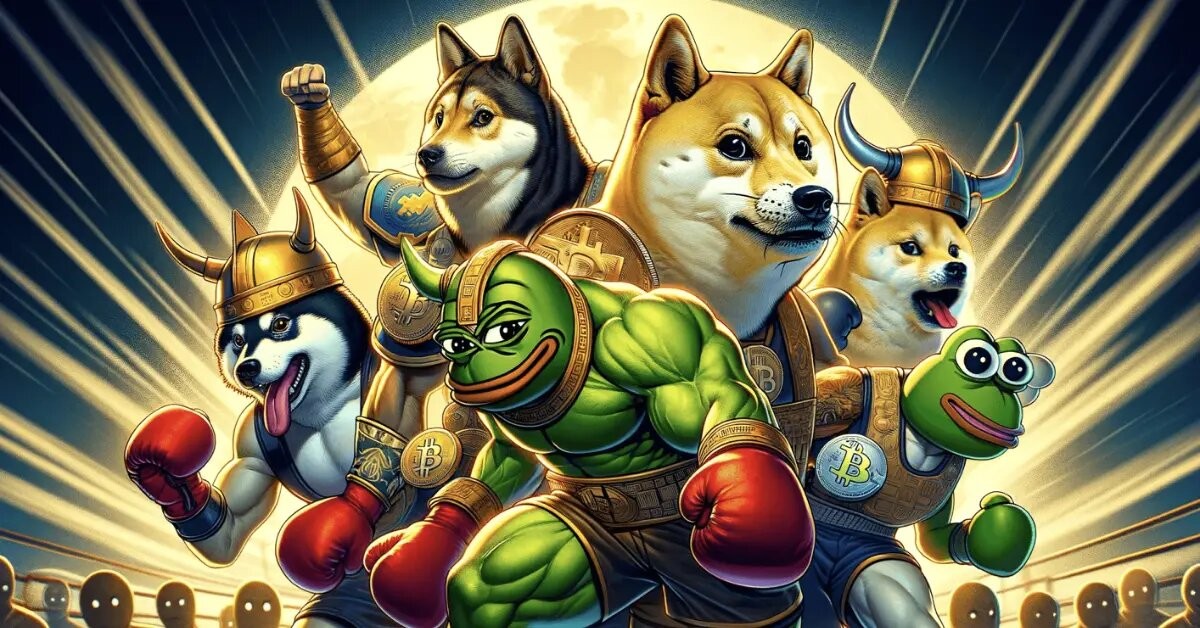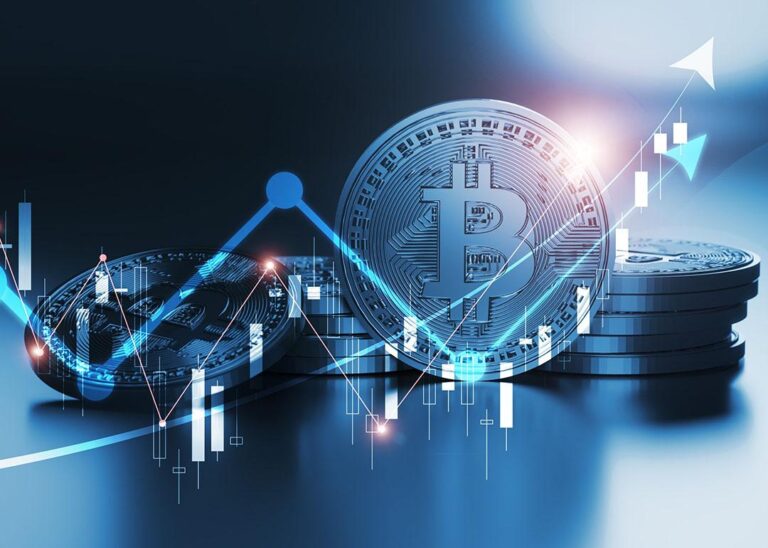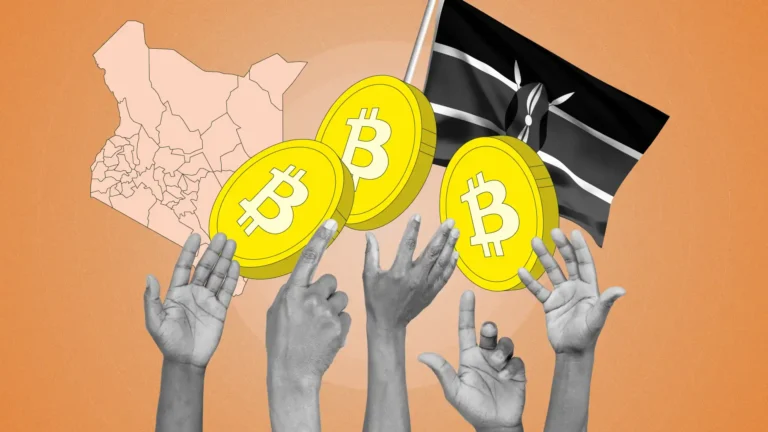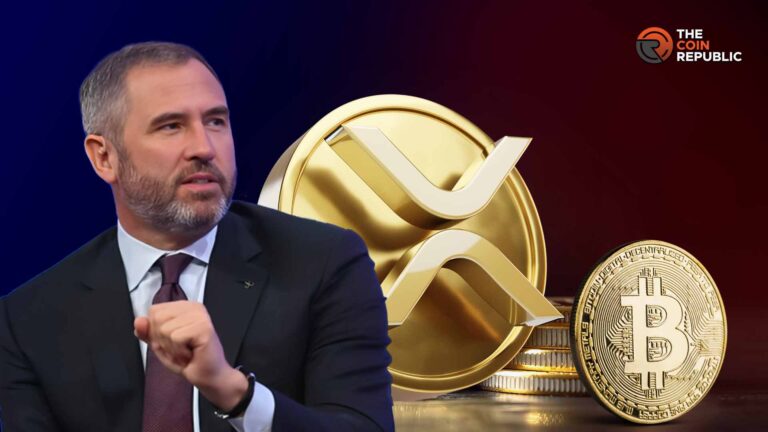In the wild world of crypto, few things capture the spirit of the internet quite like meme coins. What began as a joke — a playful experiment between crypto enthusiasts — has evolved into a cultural and financial phenomenon that bridges the gap between humor, community, and decentralized finance. The rise of meme coins isn’t …
The Cultural Impact of Meme Coins: When Finance Meets Internet Humor

In the wild world of crypto, few things capture the spirit of the internet quite like meme coins. What began as a joke — a playful experiment between crypto enthusiasts — has evolved into a cultural and financial phenomenon that bridges the gap between humor, community, and decentralized finance. The rise of meme coins isn’t just about speculation or price pumps; it’s about how internet culture has reshaped the way people think about money, belonging, and digital identity.
So how did a few funny dog tokens end up defining an entire movement? Let’s dive into the meme-ification of money and explore the cultural ripple effects of meme coins in today’s digital economy.
The Birth of the Meme Coin Movement
It all started with Dogecoin — a cryptocurrency inspired by the “Doge” meme, featuring a Shiba Inu dog with comic sans captions expressing internal monologue (“such wow,” “much coin”). Created in 2013 by Billy Markus and Jackson Palmer, Dogecoin was meant to satirize the growing seriousness and greed surrounding Bitcoin.
But the joke didn’t stay small. The internet embraced Dogecoin’s humor and simplicity, turning it into a symbol of community-driven finance. Reddit users tipped each other in DOGE, Elon Musk tweeted memes that sent its price skyrocketing, and charities began using Dogecoin for fundraising.
Soon, the meme coin idea spread like wildfire. Shiba Inu, Pepe, Floki, and a long list of imitators followed — each with its own flavor of humor, fandom, and viral storytelling.
What was once a parody had transformed into a cultural statement: finance could be funny, inclusive, and driven by internet energy rather than institutional power.
Memes as Modern Financial Narratives
Memes are the language of the internet — quick, visual, and emotionally resonant. They distill complex ideas into simple, shareable formats that transcend borders and generations.
Meme coins leverage that same energy. Instead of long whitepapers or complex technical jargon, they spread through tweets, Reddit threads, and TikTok videos. A funny meme can spark a movement faster than a corporate marketing campaign ever could.
In this sense, meme coins aren’t just currencies — they’re narratives. They represent rebellion against traditional finance, empowerment through community, and the blending of humor with hope.
The Rise of the “People’s Coin”
Dogecoin’s tagline, “the people’s crypto,” captures what meme coins symbolize for many investors: accessibility. You don’t need to understand DeFi mechanics or blockchain consensus models to buy Dogecoin — you just need a wallet and a sense of fun.
That simplicity opened the crypto market to new demographics — people who might have felt alienated by the complexity or elitism of traditional crypto assets. Meme coins made investing feel approachable, social, and even entertaining.
Social media platforms amplified this effect. Communities on Twitter, Reddit, and Discord transformed investing into a form of digital participation — where users didn’t just hold tokens, they contributed memes, shared jokes, and built narratives together.
This collective spirit gave rise to what some call the “meme economy” — where attention, engagement, and humor create real financial momentum.
When Humor Becomes a Market Force
It may sound absurd, but in the crypto world, humor has real market power. A viral tweet or meme can cause double-digit price movements. Elon Musk’s playful tweets about Dogecoin famously sent its price soaring multiple times.
This dynamic highlights how internet culture now influences financial markets — a phenomenon once unimaginable in traditional finance. Meme coins are proof that value in the digital age is as much about attention and community energy as it is about technology or economics.
In other words, meme coins have democratized speculation. They’ve shown that collective emotion and humor can move markets just as effectively as institutional capital.
A Reflection of Modern Digital Identity
Beyond financial speculation, meme coins embody something deeper — the way people express identity online. In the same way fans rally around pop culture icons or online communities, meme coin investors see themselves as part of a movement.
Owning a meme coin isn’t just a financial decision; it’s a form of digital self-expression. It signals belonging to an internet-native tribe that values creativity, irony, and independence.
This is why the strongest meme coins — like Dogecoin and Shiba Inu — have survived multiple market cycles. They’re not just assets; they’re symbols of a shared culture that thrives on humor and hope.
The Double-Edged Sword of Hype Culture
Of course, the cultural power of meme coins also comes with risks. Their rapid virality makes them prone to speculation, scams, and short-lived fads. Many new meme coins appear, skyrocket in value, and vanish just as quickly — leaving late investors with heavy losses.
Moreover, meme-driven hype can sometimes overshadow genuine innovation in blockchain technology. Critics argue that the meme coin craze distracts from meaningful progress in areas like scalability, privacy, and real-world utility.
But defenders of meme coins counter that cultural adoption is utility in itself — because it introduces millions to crypto in a way no technical whitepaper ever could.
From Memes to Movements: The Evolution Ahead
The next generation of meme coins is evolving beyond humor. Projects like Shiba Inu and Floki Inu are building DeFi ecosystems, metaverse integrations, and NFT platforms — combining meme culture with real functionality.
This hybrid model suggests that meme coins could become gateways into Web3 ecosystems — where users join through memes but stay for tangible benefits like staking, gaming, or governance participation.
As AI, AR, and metaverse technologies develop, meme coins could also serve as cultural tokens in virtual spaces, representing identity, humor, and creativity within decentralized digital societies.
Final Thoughts: When Jokes Change the Game
Meme coins began as a joke — a playful response to the seriousness of finance — but they’ve grown into something much bigger. They’ve blurred the line between economics and entertainment, finance and fandom, jokes and legitimacy.
In doing so, they’ve revealed a profound truth about the modern era: culture and community now shape value as much as code or capital.
Whether meme coins will sustain their popularity or fade into nostalgia is yet to be seen. But one thing is certain — they’ve already changed how people relate to money, identity, and the internet itself.
In the end, meme coins prove that in the age of digital finance, laughter really can be profitable — and memes might just be the most powerful currency of all.







